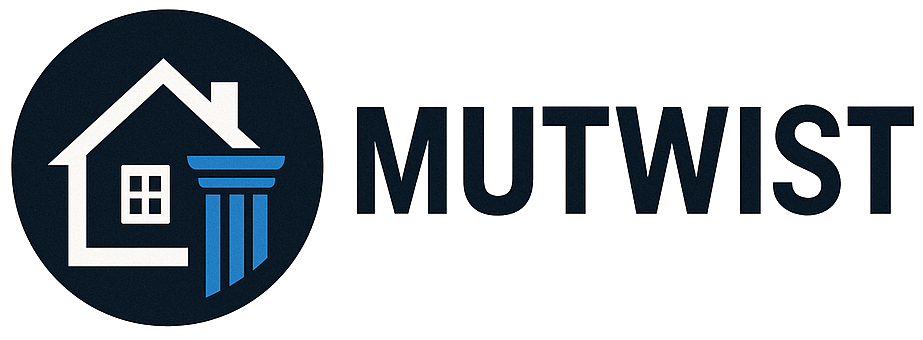In an era of increasingly complex financial instruments and growing retail participation in capital markets, product governance has become a central pillar of investor protection. As part of its evolving supervisory strategy, CONSOB (Commissione Nazionale per le Società e la Borsa) — Italy’s securities market regulator — has significantly sharpened its focus on the design, approval, and distribution of financial products.
The new framework articulated by CONSOB aligns with the principles of MiFID II, but introduces enhanced scrutiny and specific supervisory tools aimed at ensuring that financial products are developed and distributed in a manner that genuinely meets the needs, characteristics, and objectives of target clients — particularly retail investors.
This article explores the enhanced expectations in CONSOB’s recent guidelines and supervisory practices around product governance, their implications for manufacturers and distributors, and how firms can strengthen compliance while supporting innovation and customer trust.
Understanding Product Governance
Product governance refers to the set of processes and controls that financial firms — both product manufacturers and distributors — must adopt to ensure that financial instruments are:
Designed in line with client needs and risk profiles
Targeted to the appropriate investor segments
Distributed via transparent and fair mechanisms
Monitored throughout the product lifecycle for suitability and continued relevance
The goal is to prevent mis-selling, avoid consumer detriment, and align business practices with fiduciary and regulatory expectations.
The Regulatory Basis: MiFID II and Italian Implementation
The product governance requirements stem primarily from MiFID II (Markets in Financial Instruments Directive II), which came into force in 2018. These rules were transposed into Italian law via:
Legislative Decree No. 129/2017
Amendments to the Consolidated Law on Finance (TUF)
Related CONSOB Regulations (notably Regulation 20307/2018)
MiFID II distinguishes between:
Manufacturers: Firms that create financial products (e.g., structured notes, investment funds).
Distributors: Firms that offer these products to end clients (e.g., banks, financial advisers).
Both types of entities bear distinct but interconnected responsibilities for ensuring that products are suitable, fairly marketed, and appropriately monitored.
CONSOB’s Evolving Approach to Product Governance
- Supervisory Focus on Retail Protection
CONSOB’s recent supervisory priorities place retail investor protection at the center of its product governance agenda. In the wake of financial crises, mass mis-selling episodes, and increasingly digital product offerings, CONSOB has emphasized that governance must go beyond formal compliance to embody effective risk mitigation and client-centricity. - Thematic Inspections and Mystery Shopping
In 2023 and 2024, CONSOB initiated targeted inspections and mystery shopping exercises aimed at testing how firms apply product governance frameworks in real life. Key findings include:
Gaps in identifying the negative target market — i.e., who should not be sold a product
Inadequate feedback loops between manufacturers and distributors
Failure to document product reviews post-launch
Use of overly generic client profiling tools
These supervisory activities are informing a more proactive and data-driven enforcement approach.
- New Guidelines and Q&As
CONSOB has updated its guidance to clarify expectations regarding:
Product approval processes and internal documentation
Cost-benefit analysis for each financial instrument (especially complex or illiquid products)
Integration of ESG factors into product design under SFDR and MiFID II sustainability amendments
Assessment of target market compatibility at both the product and individual client level
The regulator also continues to issue Q&As to support consistent industry interpretation, especially where there is overlap with ESMA guidelines.
Key Elements of Product Governance Under the New CONSOB Lens
- Target Market Definition
Firms must clearly define the positive and negative target markets across five dimensions:
Client type
Knowledge and experience
Financial situation and ability to bear losses
Risk tolerance and compatibility with product risk
Client objectives and needs
The definition must be granular, specific, and regularly reviewed. “One-size-fits-all” models are no longer acceptable.
- Product Design and Testing
Before launching a product, manufacturers must:
Conduct stress testing under different market scenarios
Evaluate product costs and charges, including hidden fees
Identify potential conflicts of interest
Assess how the product delivers value for money
Products that are overly complex, poorly understood, or unsuitable for retail clients must be modified or avoided.
- Distribution Strategy
Distributors must:
Select products aligned with their clients’ target market
Train staff adequately on product features and risks
Avoid misaligned incentives that promote unsuitable product sales
Document and justify product selections and recommendations
CONSOB expects clear distributor-manufacturer cooperation, including data sharing, performance feedback, and remediation processes.
- Product Monitoring and Review
Ongoing obligations include:
Periodic reassessment of whether the product continues to meet target market needs
Analysis of complaint trends, early redemptions, and performance deviations
Triggering corrective measures where misalignment is detected (e.g., client notifications, product withdrawal)
ESG Integration in Product Governance
A recent area of focus is the integration of Environmental, Social, and Governance (ESG) preferences in product design and distribution. Under the MiFID II sustainability amendments, firms must:
Incorporate sustainability factors into product approval procedures
Consider clients’ ESG preferences when recommending investment products
Avoid “greenwashing” by ensuring consistency between product labels and actual features
CONSOB has echoed ESMA’s call for substance over form, urging firms to make sustainability a real component of governance — not just a marketing label.
Enforcement and Sanctions
In the event of breaches, CONSOB has several tools at its disposal:
Warnings and injunctions
Fines and administrative penalties
Suspension of product distribution
Public disclosures and naming of non-compliant entities
Failure to implement adequate product governance may also expose firms to civil liability if retail investors suffer harm due to unsuitable products.
Strategic Implications for Firms
To meet CONSOB’s evolving expectations, financial institutions should:
Embed product governance in corporate culture: Make investor protection a strategic priority, not just a compliance function.
Update internal frameworks: Revise policies and procedures in line with CONSOB and ESMA guidance.
Invest in data and technology: Use client analytics, CRM tools, and AI to match products to client profiles more effectively.
Enhance training and documentation: Ensure all staff understand the rationale behind product design and distribution decisions.
Strengthen manufacturer-distributor coordination: Establish clear agreements on feedback mechanisms, data sharing, and risk reviews.
Conclusion
CONSOB’s renewed emphasis on product governance reflects a broader shift across Europe toward proactive supervision, retail investor empowerment, and market resilience. By holding firms accountable for the end-to-end lifecycle of financial products — from design to post-sale monitoring — the regulator aims to ensure that financial innovation serves the real economy and safeguards investor trust.
Firms that embrace this shift not only reduce regulatory risk but also gain a competitive advantage through better product design, stronger client relationships, and improved reputational standing.




